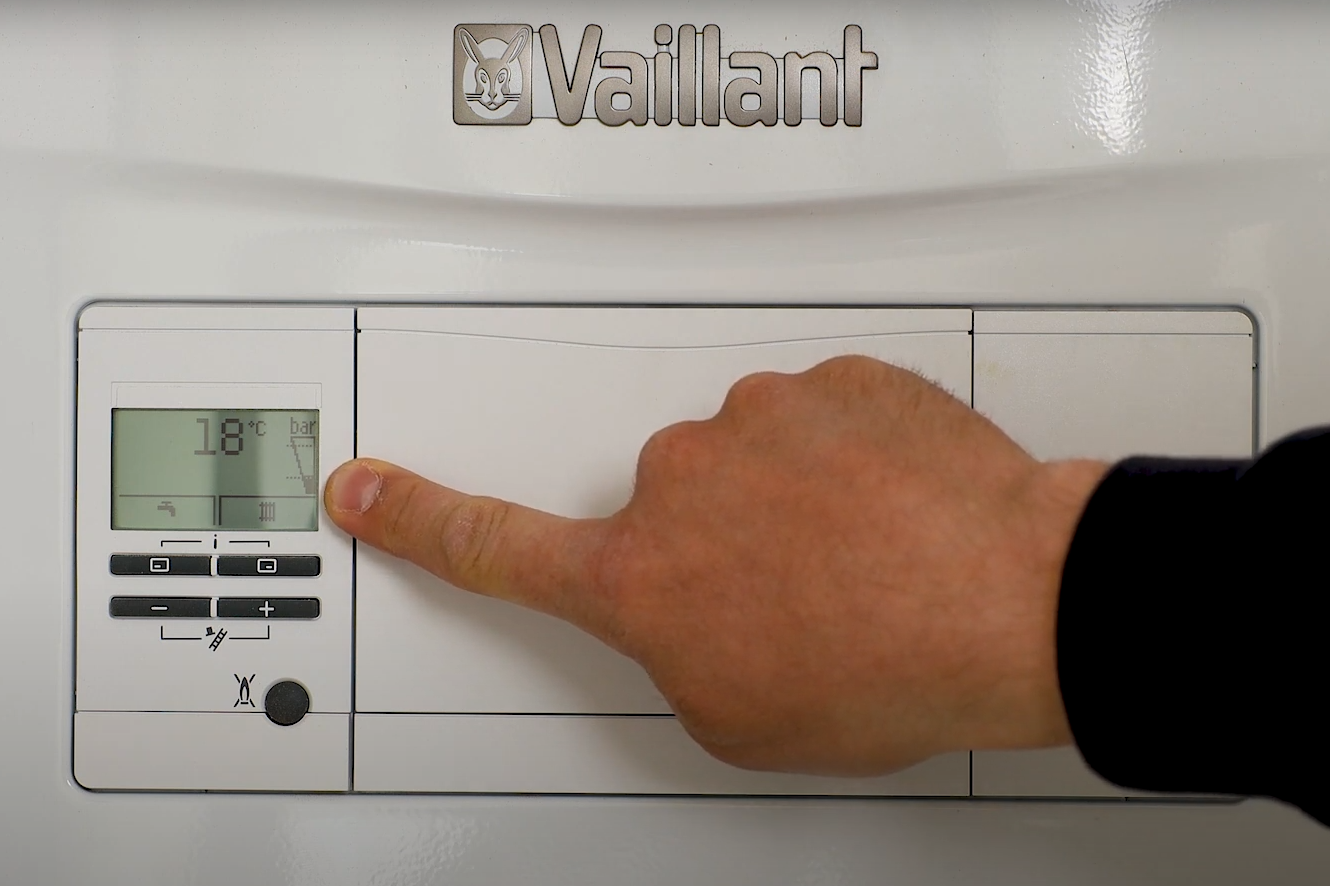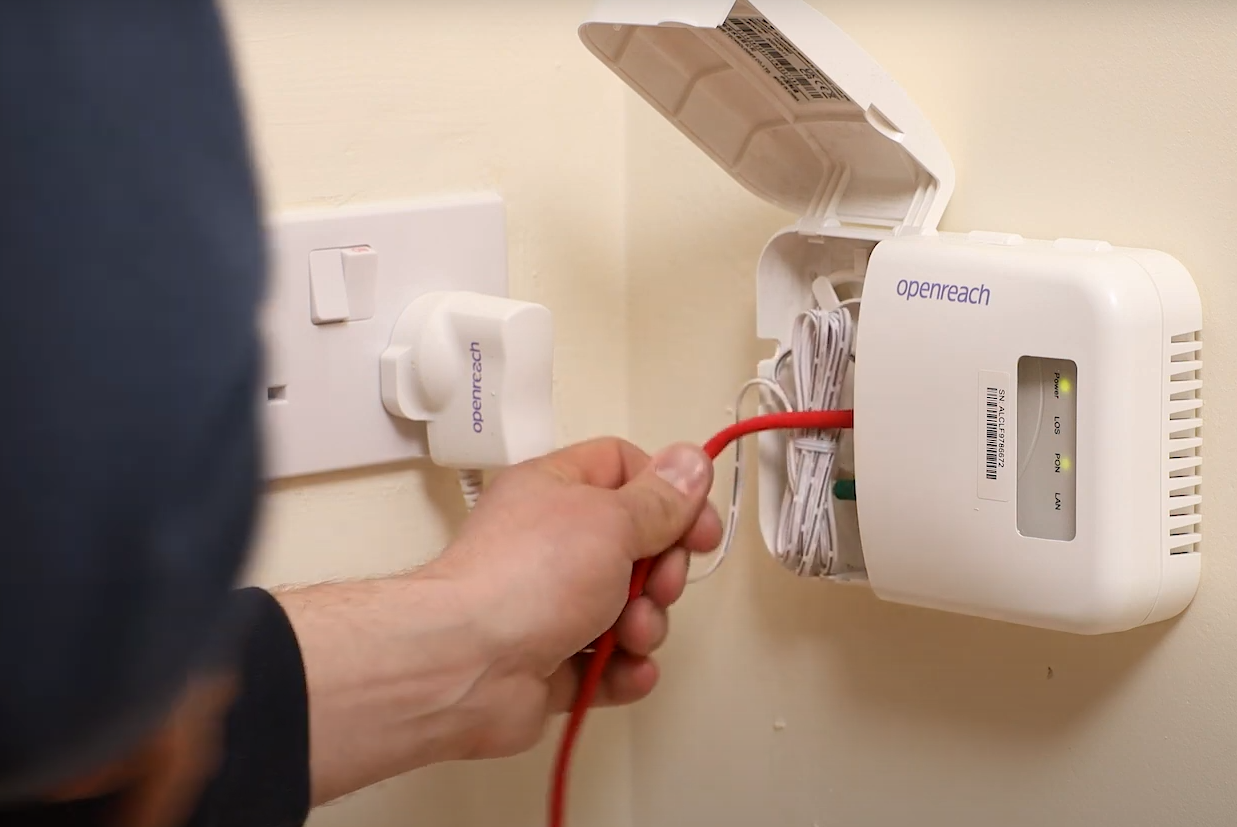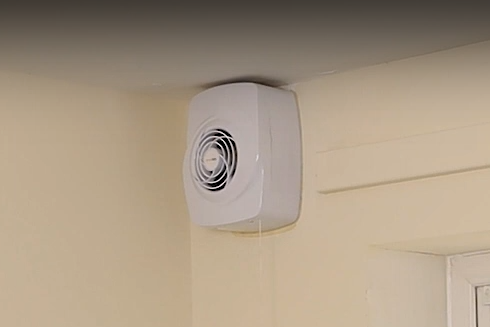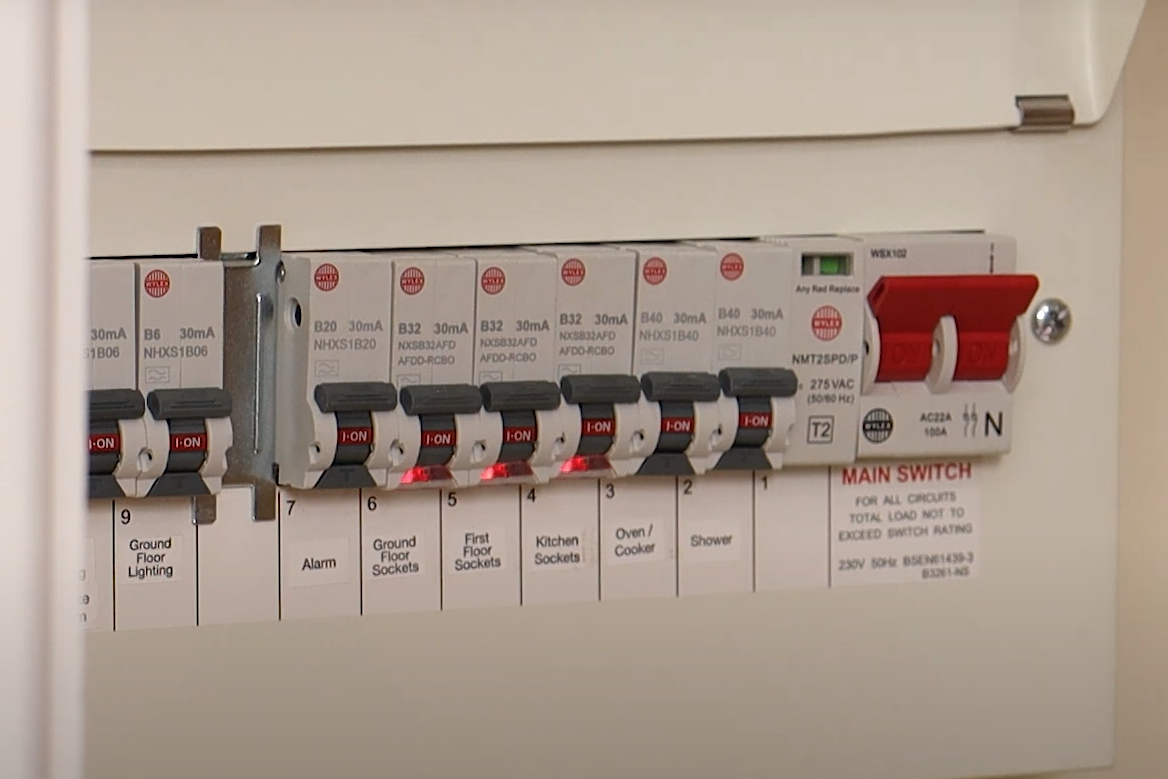We produce these videos to help new and existing residents get to grips with the products and technology in their home. Models might vary in appearance to the ones displayed here, but you’ll usually find that their operation is the same. For more detailed instructions please refer to the product user manual or use the resources linked below.
How to use: Air Source Heat Pump
Your heating and hot water is provided by an air source heat pump. This can usually be found in the garden at the side or back of your home.
Air source heat pumps can take some getting used to because they operate at lower temperatures to other types of heating systems. They take air from outside to heat your home, even when it’s cold. When you turn on the heating or hot water, you will hear the fan come on and feel cold air blown out.
For safety, efficiency, and access for servicing, the heat pump needs to be kept clear. Any external pipework from the air source unit into your home is insulated. Please protect it from any damage as that could affect the efficiency of your heating. If you have pets, please make sure they don’t chew the insulation.
If it does become damaged, give us a call on 0800 052 2526.
The isolation switch controls the power to your heat pump. Please do not switch it off unless there is an emergency.
You can control your heating with the thermostat and the individual thermostatic controls on your radiators. Usually located in the hallway, the thermostat shows two values. One is the current temperature in the house, the other is the temperature you’ve set. Simply turn the dial to change the temperature.
To jump from 15 to 20 degrees will take your heat pump a long time. So please bear in mind that if you turn the temperature up too quickly, your heat pump will have to work harder to boost the temperature, which could cost you more.
We recommend that you change the setting by one or two degrees at a time.
For example, if it is set to 15, try turning it up to 17. Wait to see if you’re comfortable
with this temperature. If not, turn it up another couple of degrees and keep going until you reach
a temperature that’s comfortable for you.
Heat pumps should never be turned off completely because it can take several days and cost a considerable amount of money to restore your home to a comfortable temperature.
The main control unit is usually in a cupboard by the hot water tank and should only be adjusted by a trained engineer at an annual service.
If you have a power cut, the heat pump will turn off. It will need to warm itself up before it can heat your home again.
Please check your instructions as this may happen automatically, or you may need to select a setting. If you have a prepayment electricity meter, there’s a risk of the heat pump turning off if the meter runs out of money. Always try to keep money on your meter, or consider changing your meter and paying monthly or quarterly bills instead.
If your heating is not working, first check the isolation switch is switched on before calling us on 0800 052 2526.
If your home is too warm, it is more cost effective to change the temperature on individual radiators rather than changing the overall temperature using the thermostat. Each radiator has its own thermostatic control with settings from five warmest, to one coolest. The frost setting will turn it off. As a rule, you should only lower the temperature in unused rooms or bedrooms.
You’ll notice the heat pump systems have larger radiators which feel cool to the touch. This is normal and does not mean there is air in the system. Do not try to bleed your radiators as this will result in a fault requiring an engineer to attend.
If you have any concerns, please give us a call.




